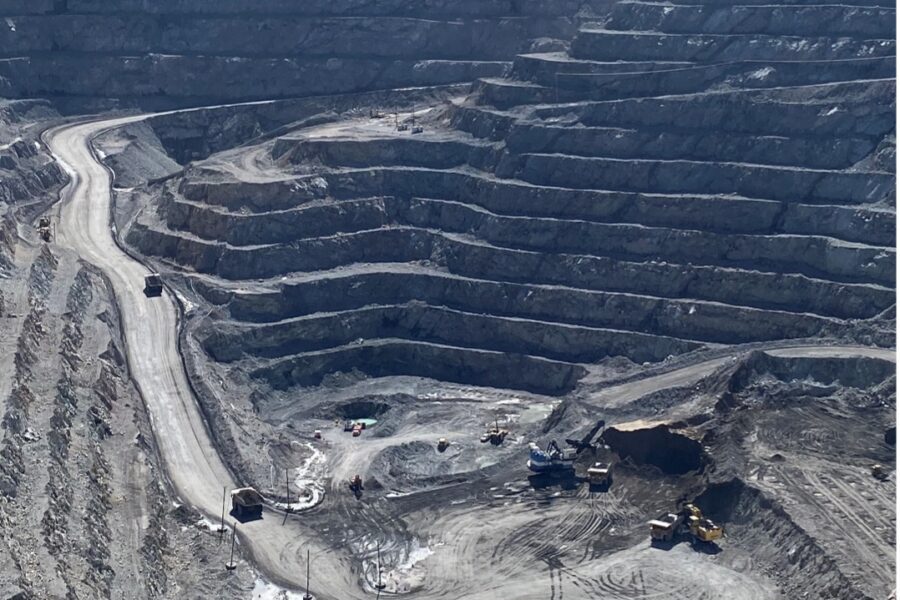Introduction
The Xatśūll First Nation, part of the Secwepemc (Shuswap) nation in British Columbia's Cariboo region, has taken legal action by filing an urgent injunction application in the Supreme Court on Friday. The move aims to stop the ongoing construction to raise the tailings storage facility (TSF) dam at the Mount Polley gold mine, a site infamous for a catastrophic breach in 2014.
Background and Legal Challenge
On April 15, Xatśūll First Nation initiated a judicial review against provincial authorities and Mount Polley Mining Corporation (MPMC), challenging the approval to elevate the TSF dam by 4 meters. The First Nation argues that the provincial decision-makers bypassed a legally required environmental assessment, a critical step given the mine's history. The 2014 breach at Mount Polley released massive amounts of mining waste—equivalent to 2,000 Olympic swimming pools—devastating the Xatśūll Territory and causing long-lasting harm to their rights, culture, and environment.
MPMC, a subsidiary of Imperial Metals Corp., defends the dam raise as a routine and necessary operation, claiming government approval and engagement with local First Nations, including Xatśūll and the Williams Lake First Nation. The company highlights a positive relationship with the latter, formalized through a renewed Participation Agreement in 2022. However, Xatśūll disputes this narrative, stating that Imperial Metals refused to delay construction despite their concerns, prompting the urgent injunction filing.
Historical Context and Ongoing Concerns
The Mount Polley mine disaster remains a sore point for the Xatśūll Nation. Ten years after the 2014 breach, 15 charges were laid against Imperial Metals and engineering firm Wood Canada Ltd. for alleged violations of the federal Fisheries Act. The First Nation fears that raising the dam height without proper environmental scrutiny could risk another disaster, further endangering their territory and way of life.
Analysis and Perspective
While MPMC asserts compliance with regulatory processes and community engagement, the lack of an environmental assessment raises valid concerns, especially given the mine's history. The 2014 breach exposed systemic flaws in oversight and accountability, and Xatśūll's insistence on a thorough review is justified. However, the economic implications of halting construction must also be considered, as the mine supports local jobs and contributes to the regional economy. A balanced approach would involve an independent environmental assessment to address Xatśūll's concerns while minimizing disruption to operations. Questions remain about why provincial authorities approved the dam raise without such an assessment—did they underestimate the risks, or were procedural shortcuts taken?
The differing stances of Xatśūll and Williams Lake First Nation also highlight the complexity of Indigenous consultation. While one community supports the mine's operations, the other feels sidelined, underscoring the need for more inclusive and transparent dialogue.
